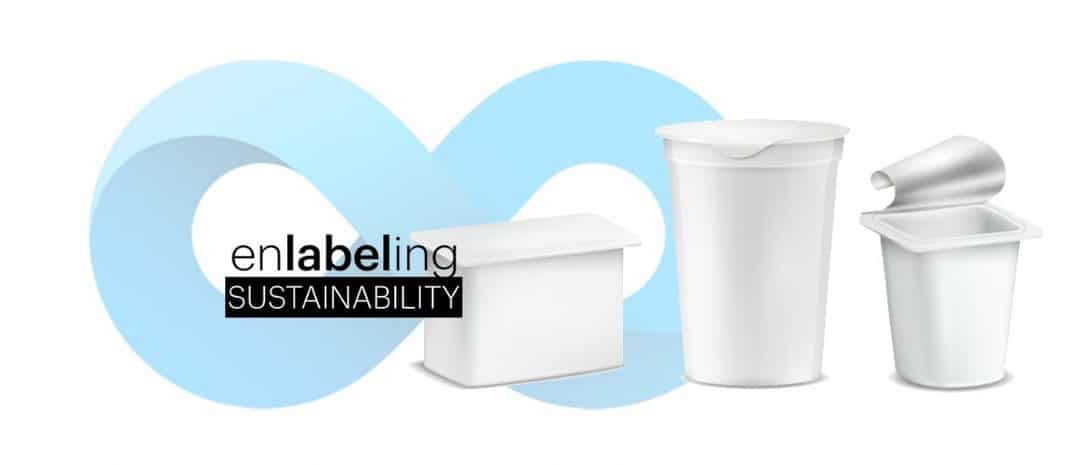
PP accounts for around 20% of the world’s plastic. It is mostly used in pots, tubs, trays and films for food packaging, but it is also prevalent in non-food household and personal care products.
At this time precious resources are wasted when PP packaging is either down-cycled or going to waste-to-energy or landfill. As of now there is no possibility to make food-grade PP using mechanically recycled material – all PP food packaging needs to be made from virgin plastics or from rPP that was created through chemical recycling.
![]() NEXTLOOPP aims to improve this situation by separating food-grade PP using marker technologies.
NEXTLOOPP aims to improve this situation by separating food-grade PP using marker technologies.
Besides packaging suppliers such as CCL Label brand-owners, universities and industry associations as well as end-users in the PP supply chain are supporting the initiative. The goal is to produce the first high-quality FGrPP (food-grade recycled PP) that will be available in the UK by 2022.
“We have two main reasons to be actively involved with NEXTLOOPP. First of all, the tracers to improve the sortability of polypropylene packaging will most likely be on the labels and sleeves on the pack. As the largest producer of labels we are happy to support to creating the ideal markers with our expertise. Secondly many of our solutions are made from the versatile polypropylene material and we want to include more recycled food grade PP into our products in the future. This is why we are joining the efforts to get the basics right and to establish a great opportunity to create more high-quality recyclate that has a much lower carbon footprint than virgin material”, says Marika Knorr, head of sustainability and communication at CCL Label.
Professor Edward Kosior, founder and CEO of Nextek Ltd, explains that creating a circular economy for food-grade PP packaging waste fills the enormous gap in the packaging recycling sector and helps reach Net Zero Carbon targets. “It will allow brand owners to meet their recycling targets and significantly reduce the use of virgin plastics from petrochemicals. It will also greatly reduce CO2 emissions and divert waste from landfill and waste-to-energy.”






